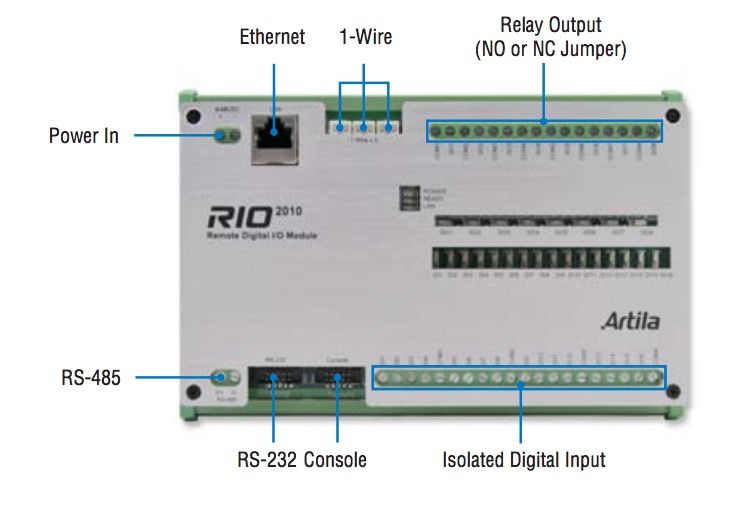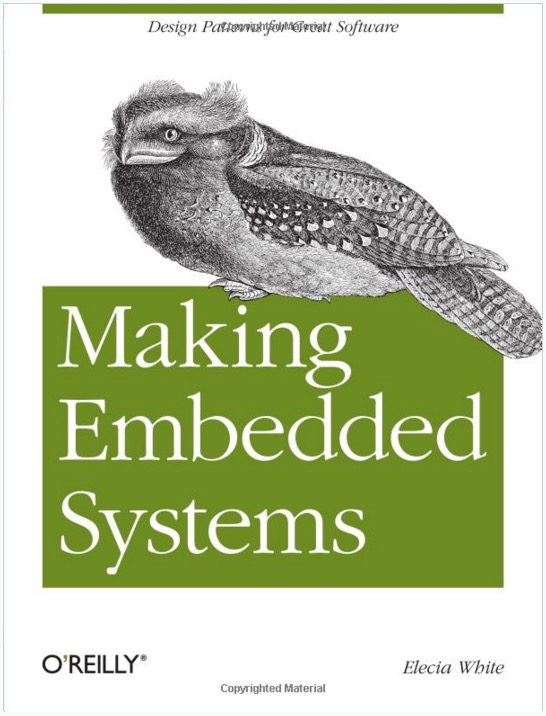Blog
Recent Posts
ARM Cortex M4 Computing Platform With FreeRTOS For Modbus / TCP Remote Digital I/O Applications
Posted by on
Artila Electronics, a designer and manufacturer of embedded device networking and computing, released their RIO-2015PG, a FreeRTOS programmable remote I/O module. The RIO-2015PG is powered by a 32-bit Atmel SAM4E16E 120MHz ARM Cortex M4 processor, which comes with 256KB SRAM, 3MB Flash and the FreeRTOS real time operating system. The industrial I/O of RIO-2015PG features one 10/100 MHz Ethernet port, one RS-232, one isolated RS-485, four isolated analog input channels, two isolated analog output channels, four isolated digital input and two channels of relay, and one 1-wire interface for temperature or humidity sensors.
RIO-2015PG is shipped with a FreeRTOS+lwIP board support package (BSP), device manager utility and example programs. Users can download the Toolchain (Atmel Studio) from the Atmel web site. A tiny web server is available in RIO-2015PG and is ready for customer’s web-based application. Example programs, which demonstrate serial and Ethernet data communication, Web configuration and I/O controls, are available in the RIO-2015PG application development kit. The device manager utility featuring device discovery, network configuration, user’s web page, and firmware upload is also included. An example program demonstrating the pushing of sensor data to IBM Bluemix using MQTT is also included for quick sensor-to-cloud application development.
The low power consumption of the ARM cortex M4 microcontroller plus the high efficiency of FreeRTOS make the RIO-2015PG an ideal computing platform for device networking and remote monitoring.
=> Download the Artila Electronics - RIO-2010 Modbus / TCP Remote Digital I/O Module data sheet (PDF)...
Making Embedded Systems - Design Patterns for Great Software
Interested in developing embedded systems? Since they don't tolerate inefficiency, these systems require a disciplined approach to programming. This easy-to-read guide helps you cultivate a host of good development practices, based on classic software design patterns and new patterns unique to embedded programming. Learn how to build system architecture for processors, not operating systems, and discover specific techniques for dealing with hardware difficulties and manufacturing requirements.
Written by an expert who's created embedded systems ranging from urban surveillance and DNA scanners to children's toys, this book is ideal for intermediate and experienced programmers, no matter what platform you use.
- Optimize your system to reduce cost and increase performance
- Develop an architecture that makes your software robust in resource-constrained environments
- Explore sensors, motors, and other I/O devices
- Do more with less: reduce RAM consumption, code space, processor cycles, and power consumption
- Learn how to update embedded code directly in the processor
- Discover how to implement complex mathematics on small processors
- Understand what interviewers look for when you apply for an embedded systems job
 Loading... Please wait...
Loading... Please wait...


